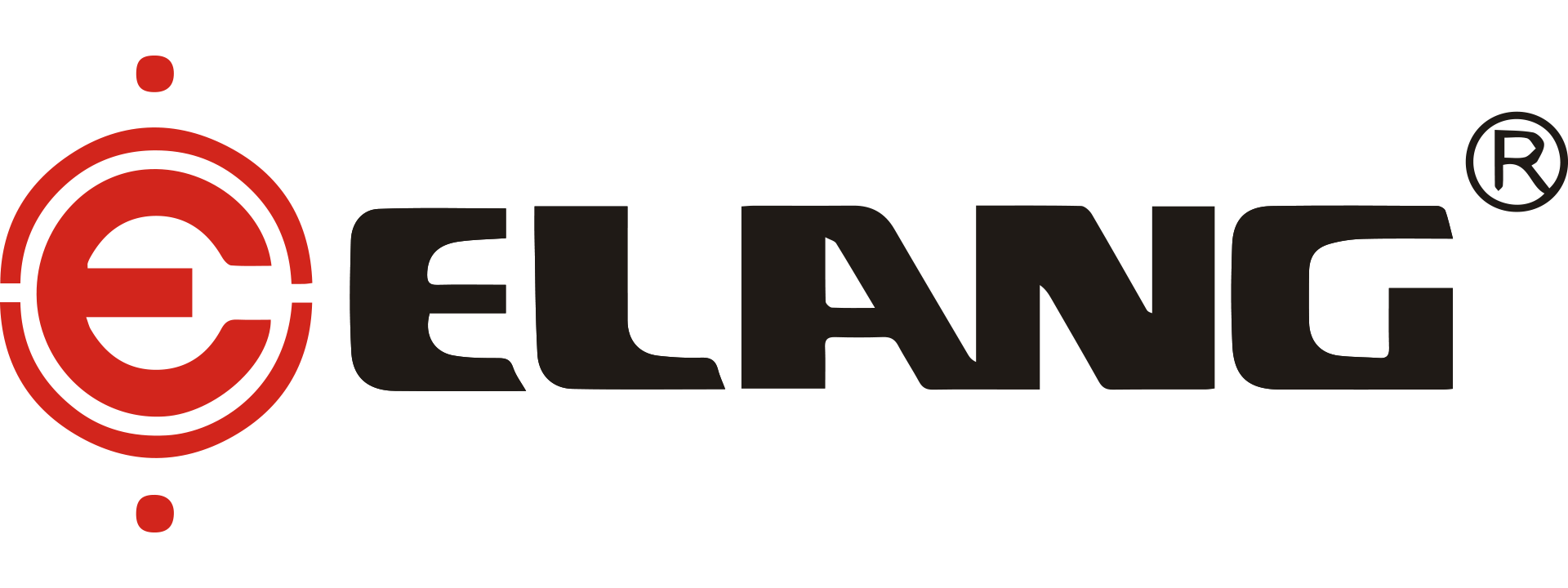31. What are The Two Cooling Systems of Air Compressor? And What is The Difference?
Commonly used coolers for screw air compressors are air-cooled and water-cooled.
Air Cooled Air Compressor
Air-cooled air compressors use aluminum coolers to achieve oil cooling through forced convection by a fan. On the other hand, water-cooled air compressors use spiral copper tubes (with oil flowing on the outside and water flowing on the inside) for heat exchange to achieve cooling. The installation of air-cooled equipment is relatively simple, but it is highly sensitive to environmental conditions. In areas with poor ventilation or unfavorable environments, regular maintenance is required; otherwise, it is prone to overheating.
Advantages and Disadvantages:
- Lower Initial Investment and Portability: Air-cooled air compressors require less initial capital investment and can be easily relocated.
- Seasonal Cooling Variation: Cooling effectiveness changes with temperature variations. Air-cooled compressors perform better in winter and less effectively in summer. This is similar to household air conditioners, where higher outdoor temperatures in summer can lead to decreased cooling performance.
- Environmental Sensitivity: If the air quality index in the vicinity is poor, air-cooled compressors can easily get polluted, affecting the entire compressor and compressed air quality. To prevent such a situation, it’s advisable to include filtration equipment.
- Enclosed Space Consideration: If being used in an enclosed space, it’s recommended to incorporate ventilation and exhaust equipment.
- Cooling Efficiency and Quality: Cooling efficiency and quality of air-cooled compressors are not as good as water-cooled compressors.
Water Cooled Air Compressor
Installation of a cooling water tower and water pump is required for water-cooled compressor. Water-cooled systems have lower environmental requirements and offer stable operation. For smaller equipment (up to 50 HP), air-cooling might be sufficient, while for larger equipment, water-cooling is recommended for better stability.
Advantages:
- Cleansing Effect: Due to the presence of cooling water, when it circulates within the air compressor, it can clean the internal machinery. This contributes to extending maintenance intervals and improving the quality of compressed air.
- Adaptation to Climate Variations: Water-cooled air compressors are well-suited to adapting to climate changes. Adjusting the water pressure allows them to accommodate significant temperature fluctuations.
- Suitable for Dusty Environments: Water-cooled air compressors are more reliable in dusty environments such as textile, painting, carbon black, and titanium dioxide industries.
- Easy to Clean: The oil-side of the cooling system in water-cooled air compressors is conducive to cleaning, a benefit that is not easily achievable with air-cooled compressors.
- Superior Cooling Effect: Water-cooled air compressors exhibit excellent cooling performance and are less influenced by environmental factors.
Disadvantages:
- Higher Initial Investment: Water-cooled air compressors come with a higher initial investment cost, and this cost cannot be easily mitigated.
